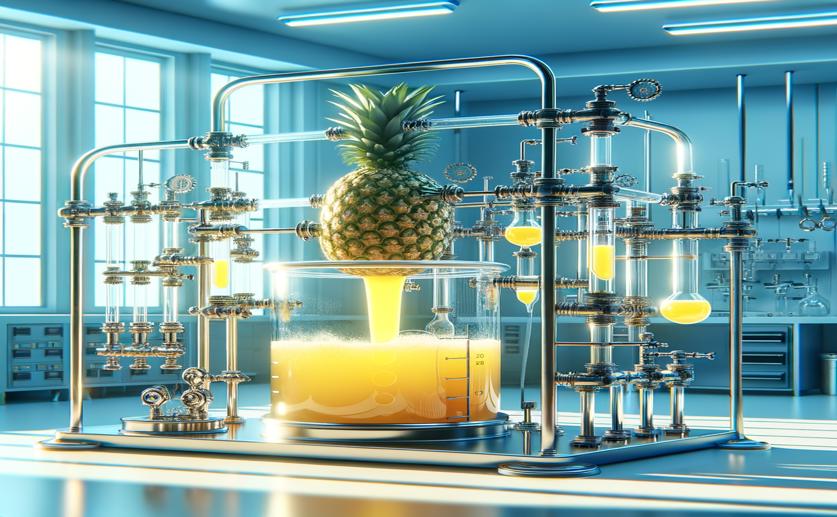
Improving Continuous Ohmic Heating with Pineapple Juice Properties
Jim Crocker
4th April, 2024

Image Source: Natural Science News, 2024
Key Findings
- Researchers at Tezpur University found that continuous ohmic heating (COH) can effectively pasteurize pineapple juice
- The efficiency of COH is influenced by the juice's sugar-to-acid ratio and the strength of the electric field applied
- An artificial neural network model accurately predicted the heating rate, optimizing the pasteurization process
References
Main Study
1) Influence of °Brix/Acid, and flow rate of pineapple juice and electric field strength on the performance of continuous ohmic heating system.
Published 2nd April, 2024
https://doi.org/10.1007/s13197-024-05961-x
Related Studies
2) Effect of continuous ohmic heating to inactivate Escherichia coli O157:H7, Salmonella Typhimurium and Listeria monocytogenes in orange juice and tomato juice.
3) Effect of dielectric barrier discharge nonthermal plasma treatment on physicochemical, nutritional, and phytochemical quality attributes of pineapple [Ananas comosus (L.)] juice.



 9th January, 2024 | David Palenski
9th January, 2024 | David Palenski